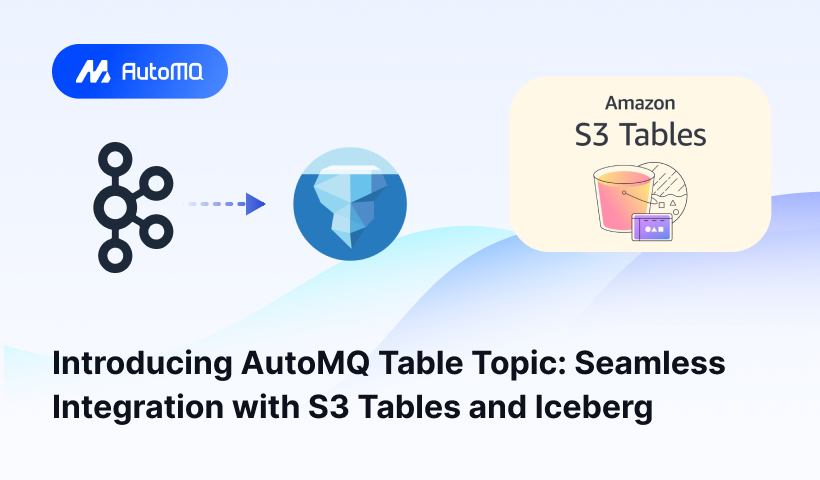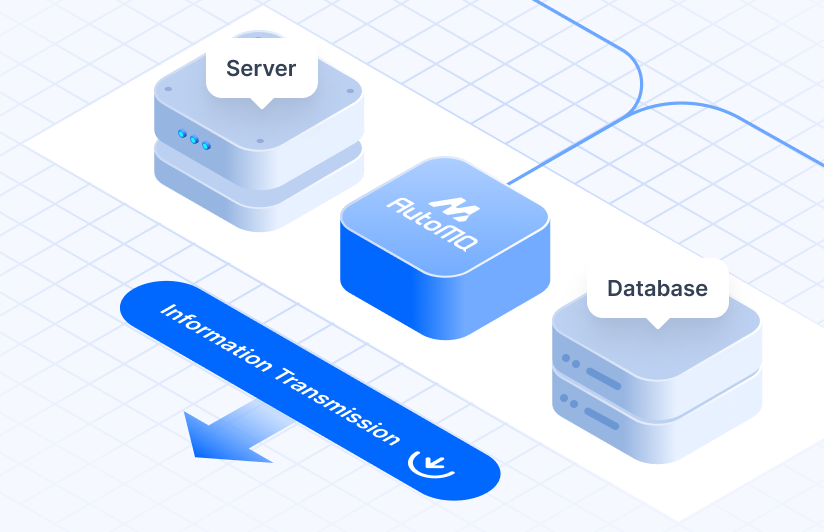Partition reassignment in Apache Kafka is a critical operation that involves moving partitions from one broker to another to achieve better load distribution, enhance performance, or accommodate changes in the cluster configuration, such as adding or removing brokers. This process can be executed using the kafka-reassign-partitions.sh tool, which generates a reassignment plan and facilitates the migration of partition data while updating metadata across the Kafka brokers.
Key Features of Kafka Partition Reassignment
Redistribution of Partition Replicas: This allows for balancing the load among brokers by moving partitions from overloaded brokers to those that are underutilized.
Scaling Replication Factor: The replication factor for topics can be increased or decreased, necessitating a reassignment plan to reflect the new configuration.
Preferred Leader Changes: The preferred leader for a partition can be changed to optimize resource usage or recover from broker failures.
Log Directory Adjustments: The log directories for partitions can be reassigned to different storage volumes, which is useful for managing disk usage effectively.
The reassignment process typically involves creating a JSON file that specifies which partitions are to be moved and to which brokers. Once the reassignment plan is confirmed, it can be executed, during which Kafka ensures that data is migrated and that the new assignments are reflected in the cluster's metadata.
How AutoMQ Enhances Partition Reassignment
AutoMQ introduces significant improvements over traditional Kafka partition reassignment processes through its unique architecture. Here are some enhancements provided by AutoMQ:
Shared Storage Architecture: Unlike traditional Kafka, where data must be replicated during partition reassignment (which can take hours), AutoMQ leverages a shared storage model. This means that most data is stored in object storage, allowing only minimal data (that not yet uploaded) to be synced during a reassignment. Consequently, this reduces the time required for reassignments to mere seconds.
Minimal Data Movement: Since no large-scale data transfer is required during partition reassignments, AutoMQ can perform these operations almost instantaneously. This capability allows for real-time elasticity in managing Kafka clusters, enabling rapid adjustments without downtime.
Operational Efficiency: AutoMQ's design supports continuous self-balancing and scaling without the typical constraints associated with local disk states and extensive data transfers. This results in smoother operations and improved stability compared to traditional Kafka setups.
In summary, while Kafka's partition reassignment is essential for maintaining cluster health and performance, AutoMQ enhances this functionality significantly by minimizing downtime and operational complexity through its innovative architecture.















.png)






